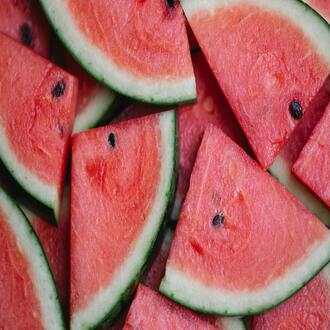Transcription Allergens in milk
Milk consumption produces a variety of abnormal responses in the organism that can be allergic and non-allergic. This variety causes the occurrence of frequent errors in the diagnosis. Milk allergy occupies one of the first places in importance among food allergies in children. Characteristics of allergic reactions to milk:
- Milk contains more than 40 proteins, all of which are possible allergens.
- It is common to find sensitivity to several of these proteins simultaneously.
- During the breastfeeding period, it is possible to notice the appearance of allergic symptoms, such as aggravation of dermatitis.
- Milk can produce symptoms by direct or indirect skin contact.
- Example: through rubbing, kissing, etc.
- There are people who manifest respiratory symptoms by inhalation of vapors from the cooking of dairy products.
The most frequent symptoms provoked by allergic reactions to milk are cutaneous, followed by digestive, or association of both. They can also cause respiratory symptoms and can lead to anaphylactic reactions. Characteristics of allergic reactions to milk:
- The symptoms of milk allergy are often so mild that they are not taken into account or are related to another cause.
- Milk allergies can be found at any age, being more frequent in early childhood. It is considered to affect 2% of the general population.
- Human milk contains less protein and less casein than the milk of other mammalian species.
There are risk factors for suffering allergy to cow's milk proteins, the most important of which are the following:
- Familial atopy.
- Early administration of cow's milk.
- Intermittent administration of cow's milk during breastfeeding.
Allergenic components in milk: More than forty proteins are contained in milk, all of which are possible allergens. The following stand out:
- Caseins: It is recognized as the major allergen in milk. They represent 80% of whole milk. Casein is considered to be responsible for the persistence of allergy.
- Whey proteins. They represent 2% of the total of whole milk. Among these, betalactoglobulin stands out, present in the serum of cow's milk, this protein does not exist in the human species, therefore it is very allergenic when it is introduced in the infant's diet.
- Coiled immunoglobulins.
- Other proteins of smaller proportion: Lactoferrin, transferrin, lipase.
Foods that may contain milk or milk derivatives:
- Milk-derived products such as: cheese, butter, yogurt, ice cream, custard.
- Cookies, bread, baguettes, solid and powdered milk chocolates, nougats, cocoa creams, sherbets.
- Baby food, purees.
- Some drinks such as: milkshakes, horchata.
- Numerous cakes and pastries.
- Bouillon cubes, soups in sachets, fabadas, dehydrated broths.
In food additives (numbers e). Examples:
- E-487: Mixed esters of lactic acid and food fatty acid with glycerol propylene glycol.
- E-585: Ferrous lactate.
- H-4511: Calcium caseinate.
- H-4512: Sodium caseinate.
- H-4513: Potassium caseinate.
Other products that may contain allergens of dairy origin:
- Lactose-containing medications. Example: Spironolactone.
- Cosmetics such as soap, shower gel, etc.
According to the food allergy committee of the Spanish Society of Allergology and Clinical Immunology, no original article or clinical case published in the bibliographies has been found that shows any danger for allergy due to dairy products in the following additives:
- E-234: Nisin: it is used mainly as a biopreservative, mainly in the manufacture of cheeses.
- E-270: Lactic acid: used to regulate acidity.
- E-325; E-326; E-327: sodium, potassium and calcium lactates.
- E-472b.
- E-480, E-481, E-482.
- E-575.
- Lactitol: used as artificial sweetener.
Treatment and recommendations for milk allergy sufferers:
- When the allergy begins in the first semester of life, it is usual to perform a review six months after the initial picture and continue annually repeating the allergic study, in order to demonstrate tolerance, for a possible introduction of milk in the child's diet.
- Treatment for the allergic patient consists of a strict diet free of milk, milk products and products containing milk. Goat's and sheep's milk should also be excluded from the diet, since due to the similarity of their proteins, they can also produce allergic reactions.
- Children over 5 years of age undergo tolerance induction treatments through desensitization protocols.
- Strict attention should be paid to food labeling, taking into account that dairy products can be found as part of other products not derived from milk, such as sweets, sausages, medicines, cosmetics, among others.
- Extreme hygienic measures should be taken to avoid contamination of other food products with traces of dairy products, which may have remained on hands, surfaces or kitchen utensils.
Most allergenic substances in milk:
- Caseins: are recognized as the main allergen in milk. They represent 80% of the content of whole milk. Casein is considered to be responsible for the persistence of allergy.
- Beta-lactoglobulin: present in the whey of cow's milk, this protein does not exist in the human species and is therefore highly allergenic when introduced into the infant's diet.
milk




